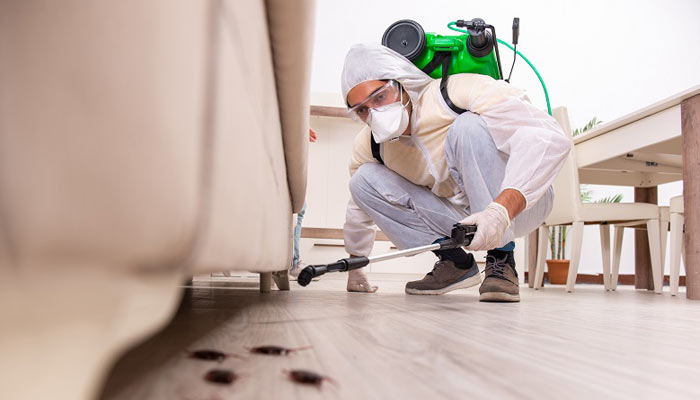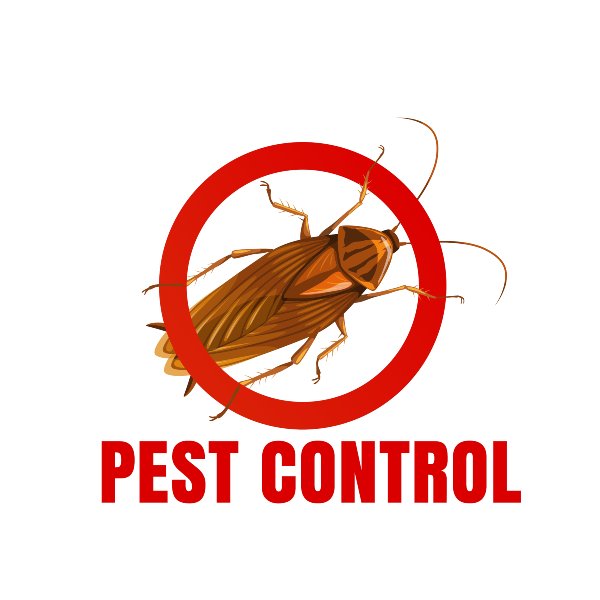A1 Residential Pest Control Portland OR Bed Bugs - Safeguard Your Home
Effective Pest Control Providers: An Extensive Appearance at Elimination Techniques and Prevention Procedures
In the world of bug control services, the successful management of problems requires a meticulous strategy that integrates different methods and actions for both removal and prevention. From Integrated Pest Administration (IPM) strategies that prioritize lasting services to chemical elimination strategies created for targeted removal, the toolbox against bugs is complex and huge.

Integrated Insect Monitoring (IPM) Approaches
Integrated Bug Administration (IPM) Approaches encompass a detailed strategy to pest control that concentrates on prevention, tracking, and control approaches to properly take care of insect populations. By incorporating numerous strategies, IPM aims to reduce the influence of parasites while likewise lowering the reliance on chemical pesticides. Prevention exists at the core of IPM, emphasizing techniques like appropriate cleanliness, upkeep of health, and sealing entrance points to discourage bugs from infesting buildings. Tracking plays an essential function in IPM by frequently inspecting and determining pest levels to figure out the ideal intervention limits. Control methods in IPM focus on the usage of physical, biological, and cultural techniques before turning to chemical treatments as a last hope. These methods include introducing all-natural predators, environment alteration, and employing capturing tools to maintain parasite populaces in check. Overall, IPM promotes a sustainable and eco mindful approach to pest administration, advertising long-lasting remedies that protect both human health and wellness and the ecosystem.
Chemical Elimination Techniques
Chemical extermination strategies are generally used in pest control services to properly eradicate parasite populations that posture a hazard to human health and residential or commercial property. These strategies involve using numerous chemical substances particularly created to target and eliminate parasites such as insects, rats, and various other undesirable creatures. The application of pesticides, pesticides, rodenticides, and various other chemical representatives is meticulously regulated to make sure maximum performance while minimizing dangers to humans, animals, and the atmosphere.
Among the essential advantages of chemical elimination strategies is their ability to provide quick and targeted results, making them especially helpful in situations of serious problems or urgent pest control demands - a1 portland bed bug exterminator. However, it is vital to highlight the importance of appropriate handling, application, and disposal of these chemical products to avoid unintentional harm
Furthermore, incorporated pest management (IPM) techniques usually incorporate chemical extermination strategies with other approaches such as cleanliness, habitat alteration, and biological controls to develop a comprehensive and sustainable pest control approach. By including chemical elimination strategies judiciously within an IPM structure, parasite control Read Full Report services can efficiently take care of parasite populations while reducing prospective threats to human health and the environment.
Biological Pest Control Approaches
Employing natural killers and bloodsuckers to manage pest populaces is a sustainable technique known as biological bug control. a1 portland pest control bed bugs. One usual organic control method involves presenting natural enemies of the target insect types, such as ladybugs for aphid control or nematodes for termite problems.
An additional reliable organic control approach is making use of microbial insecticides. These are naturally taking place bacteria, such as viruses, bacteria, and fungi, that particularly target and contaminate certain insect varieties. By using these microbial representatives, pest populaces can be efficiently minimized without causing or damaging helpful microorganisms injury to the environment.
Physical Insect Avoidance Measures
Applying physical bug prevention measures includes making use of barriers and structural alterations to hinder pests from going into or infesting a building. Installing door sweeps, displays on windows, and sealing fractures in the structure can assist avoid insects like pests and rats from getting accessibility indoors.
An additional physical prevention measure is the use of barriers like fence to maintain larger pests such as deer or raccoons away from the building. By applying these physical parasite prevention actions, residential or commercial property proprietors can substantially minimize the risk of pest problems and the damage they can create.
Professional Insect Evaluation Treatments
Conducting complete and organized bug inspections is an essential facet of professional pest administration procedures. Professional pest inspectors are trained to thoroughly examine homes for signs of invasions, recognizing pest types, entrance factors, and conducive problems.

Final Thought
To conclude, reliable bug control solutions employ a range of strategies, consisting of Integrated Bug Administration approaches, chemical elimination approaches, biological controls, and physical avoidance measures. Professional parasite assessment procedures play a vital duty in determining and dealing with pest issues in a timely way. By implementing a mix of these techniques, homeowner can effectively manage and avoid pest problems.
From Integrated Insect Management (IPM) approaches that focus on sustainable options to chemical elimination methods created for targeted removal, the toolbox versus parasites is multifaceted and large.Integrated Bug Monitoring (IPM) Techniques encompass an extensive strategy to pest control that focuses on tracking, control, and avoidance techniques to efficiently handle insect populaces.Chemical extermination techniques are frequently employed in insect control services to successfully eradicate insect populaces that pose a threat to human wellness and home.Utilizing all-natural killers and parasites to take care of pest populations is a lasting technique understood as biological insect control.In conclusion, effective insect control solutions employ a range of techniques, consisting of Integrated Bug helpful site Management strategies, chemical extermination approaches, organic controls, and physical prevention actions.